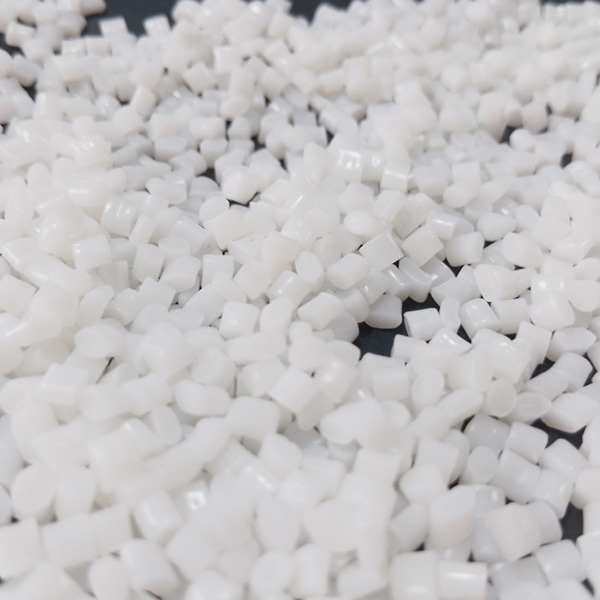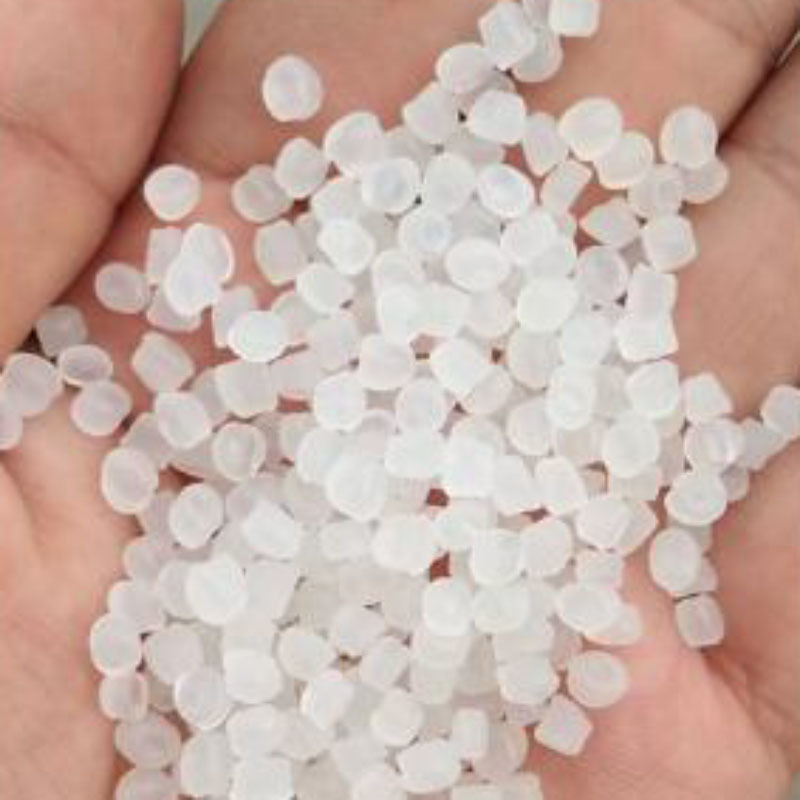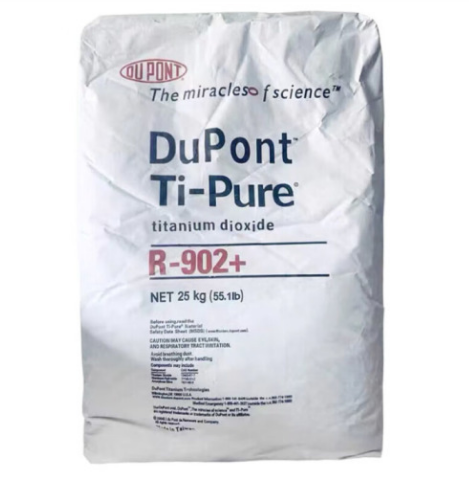Modification method of titanium dioxide surface treatment for coatings
Release Time:
Aug 22,2024
Modification method of surface treated titanium dioxide.
1. The modification method of surface-treated titanium dioxide is characterized by first placing the core-coated titanium internal powder in an ionic polyacrylamide aqueous solution and dispersing it with the help of mechanical grinding. Then, the dispersed core is double-coated with an inorganic composite oxide and an organic composite oxide. The inorganic inner layer coating uses the sol-gel method: the organic outer layer coating uses adsorption between polar chemical bonds. After coating, the filter cake obtained by filtration is dried by a crushing dryer and collected into fine and ultra-fine titanium dioxide products in a cyclone separator and bag filter respectively.
2. The dispersion method according to claim 1, characterized in that an ionic polyacrylamide aqueous solution is used as the dispersion, and its concentration range is (0.3-0.5)*10' between the dispersion and titanium dioxide. The liquid ratio range is 2-3: the grinding-dispersion time exceeds 35 minutes: the dispersion temperature rises from room temperature to above 45°C.
3. The coating method of the inner layer coating according to claim 1, characterized in that the inorganic composite sol: the total solute molar concentration of silicon oxide and alumina ranges from 0.3 to 0.5 mol/l, and the silicon oxide and alumina are The ratio of molar concentrations between aluminum oxides is less than 0.34; the application range of this composite sol is 0.3-1.5% of the nucleoplasm M.
4. According to the coating method of the inner layer coating according to claim 1, it is characterized in that, the inorganic composite sol: alumina-zirconia (M total solute grams + concentration range, 0.25-0.35mol/l The range of the molar concentration ratio between them is 10-15. The dosage of the composite inorganic treatment agent is 0.5-1.5% of the core mass.
5. The coating method of the outer layer coating according to claim 1, characterized in that the water-soluble base-building silicone oil emulsion, or the sodium stearate and polyacrylic acid emulsion is diluted with hot water. The temperature of the hot water exceeds its melting point. temperature, the concentration range of the organic solution is 5-10% and then gradually added to the above slurry to complete the inorganic coating. The coating time and aging time exceed 35 minutes: the coating temperature and aging temperature are higher than 60 ℃. The dosage range of sodium stearate solution or organic aqueous emulsion is (0.3-1.5)% of the core mass.
6. According to the aging method according to claim 1, it is characterized in that the aging temperature after the first step is higher than 35°C or more at normal temperature.
7. According to the filtration method according to claim 1, it is characterized in that the temperature of the filtrate after aging 1: exceeds 35°C or more at normal temperature.
8. The drying method according to the requirements of claim 1, characterized in that the hot air inlet and outlet temperatures of the crushing dryer exceed 280°C and 100°C respectively.
9. The combined core-coating method according to claim 1, characterized in that part of the combined core-coating materials include lithopone, barium sulfate, talc, mica, etc. Their substitution amount is less than 15% (product basis).
Keywords:
You Can Also Learn More About Industry Trends






